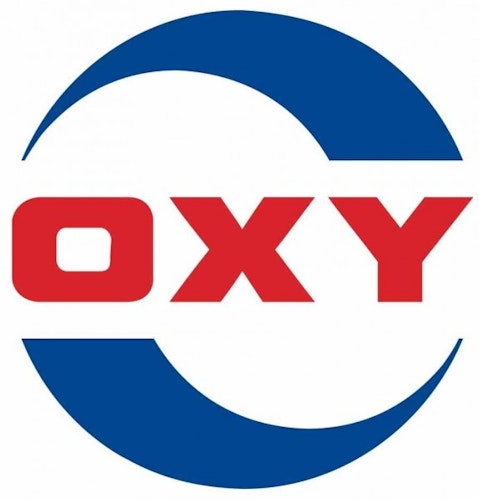Oil extraction by hydraulic fracturing, or “fracking,” has undoubtedly transformed the landscape of the American energy market (see The Definitive Guide to Fracking), put the United States on the fast track to energy independence, and thrust the names of shale formations such as the Marcellus, the Bakken, and Eagle Ford to the forefront of public consciousness. Soon, the sun-soaked, star-studded counties of Southern California may supplant the plains of North Dakota as the latest and greatest object of the shale energy land rush.
Recent headlines in shale energy involve the previously sparsely developed Monterey formation, which stretches in an arc along the coastal regions of southern California, including Kern, Orange, Santa Barbara, Ventura and Monterey Counties. A somewhat overlooked July report by the United States Energy Information Administration estimating readily recoverable shale oil and gas reserves in the country states that the Monterey formation boasts about 15.5 billion barrels of oil—nearly 64% of the total shale oil reserves in the United States. This quantity exceeds the total proved oil reserves of China or Brazil and is four times greater than the reserves of the Bakken shale formation.
There are three immediate questions: What factors (if any) may impede development? And which companies are positioned to profit most from a Golden State oil renaissance? In a spirit similar to that of our market-beating strategy (see the details here), is it possible for investors to gain from this situation?
Companies have been extracting small quantities of oil from the Monterey shale since late 1800s. Low recovery rates hamstrung large-scale development until the recent convergence of historically high oil prices and the implementation of relatively new and innovative extraction techniques—especially hydraulic fracturing—made recovery of the Monterey reserves economical. The EIA’s mid-summer report on U.S. oil and gas reserves turned the heads of only a select group of geologists and industry insiders. Recently, however, the formation is attracting increasing attention from industry experts, policy makers, major companies, bankers, and environmentalists.
Companies Exploring the Formation
The major players in the Monterey formation today include: Venoco (NYSE: VQ), Occidental Petroleum Corporation (NYSE: OXY), Plains Exploration & Production Company (NYSE: PXP), Zodiac, Gasco, Berry Petroleum (NYSE: BRY), and National Fuel and Gas (NYSE: NFG).
Venoco, a twenty-year old, little known energy company recently taken private by co-founder Tim Marquez, is the second largest player to date with about 312,000 gross acres in the region. Venoco’s development interests are almost entirely in the Monterey region, and its recent developments have created some local controversies with residents and environmentalists. Although Venoco does not own as much acreage as Occidental and has yet to produce commercially viable developments, it has been the most successful thus far in penetrating the fairly diverse rock formations of the Monterey and claims to be “encouraged by the scientific information collected thus far.”

Occidental Petroleum also has a large stake in the Monterey shale, although its stock of assets is significantly more diverse than the highly concentrated stock being developed by Venoco. OXY is the largest oil and gas producer in the state of California and is headquartered in Los Angeles. More than half of its production is sourced from the United States including many of the better-known major shale formations in the country.
The company owns 1.7 million acres of land in California, of which 1.2 million are in the Monterey region and about 900,000 net acres contain shale formations. This indicates substantial potential for development within the Monterey shale. It has 20 years of experience working in southern California and has continued large-scale production long after other major companies left the region.
OXY may soon be rewarded for its patience.






